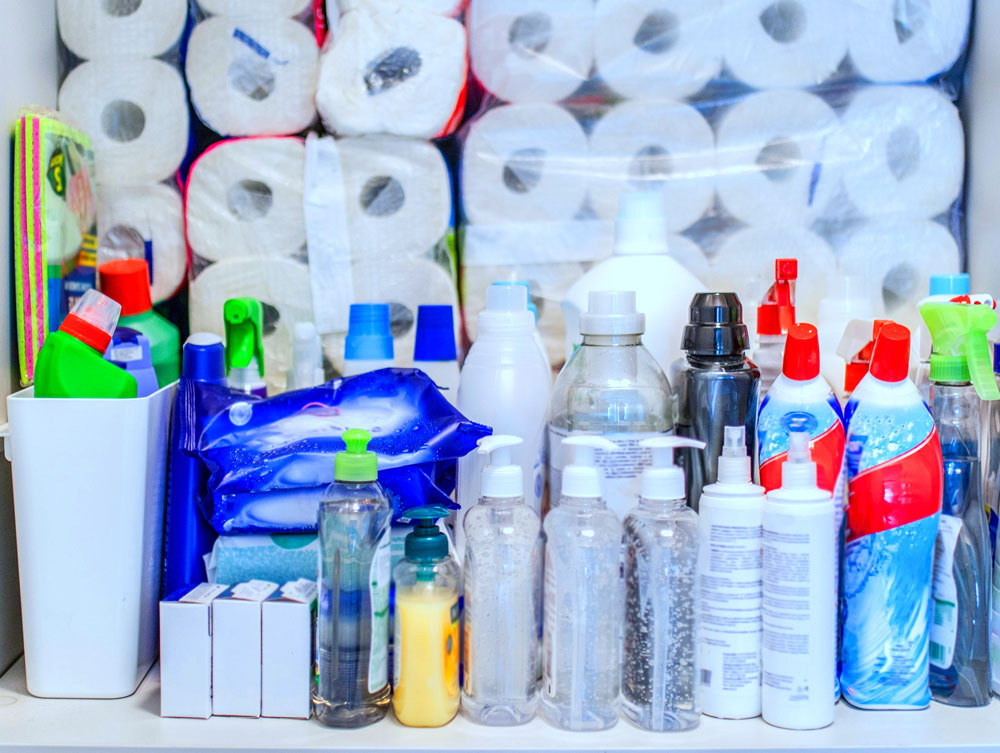It is important to have a conversation climate with a high ceiling. Dominance techniques and reprisals lower the quality.
This article is written from a Swedish perspective. Hopefully, it can inspire those interested from other countries.
A repressive leadership or work climate can be dangerous for the residents. Breaking a culture of silence requires commitment and efforts from all involved parties - staff, residents, and relatives. By working together to promote openness, communication, and participation, one can create a safe and pleasant environment where every individual feels seen, heard, and respected.
 Foto-Michael-Erhardsson-web
Foto-Michael-Erhardsson-webThe Power of Silence: When a Culture of Silence Takes Over in Nursing Homes
There are workplaces where employees avoid reporting deviations for fear of criticism or reprisals. This is dangerous, especially when it's the management that spreads the culture. Reports often come from the educational and academic world. Repressive leadership occasionally occurs in some nursing homes. Effective quality work involves looking for system errors. Leadership that seeks scapegoats and works with punishments of various kinds contradicts this.
There are also workplaces where there is a culture in the team where anyone questioning work methods and treatment is ostracized from the team. Often, new employees quickly disappear as they can't stand the culture.
Often, this culture can be identified through a visit to the unit. Compliance with routines is usually low and the unit is often uncomfortable. There is no one doing that little extra to make it homely for the residents.
There have been reports in the media where healthcare workers abuse those who depend on their care. Threats and reprisals occur against the residents. Since no one raises the alarm, there must be something holding them back.
When the media knocks on the door, bosses and leaders look like the shortcomings have come as a bolt from the blue. By being out in the business and having conversations with employees who quit, a manager can get valuable information about the business. Also, listen to the views of relatives. They often see other sides of the business than the manager. All stakeholders in healthcare have a duty to ensure that there is room for criticism and that signals of shortcomings are properly cleared up.
One way is to measure the safety culture. SKR has an excellent questionnaire that in a simple way measures the desire to report deviations and the employees' experience of how the management handles safety issues.
In a nursing home where peace and quiet is often sought, the silence can sometimes take over in a way that is not beneficial for the residents and their relatives. A culture of silence can slowly creep in and take root, which can have negative consequences for both the environment and well-being at the residence.
Silence can be peaceful, but when it becomes the norm it can also signal a lack of communication and participation. When there is no open exchange of thoughts, feelings, and ideas, it can create a sense of isolation and loneliness among the residents. For the relatives, a culture of silence can create worry and uncertainty about their loved one's well-being and care.
This culture of silence can arise for various reasons. Sometimes it is due to staff shortages or overload, which means that the staff does not have time or resources to engage in social interaction with the residents. It can also be due to a lack of knowledge or understanding of the importance of communication and participation in the care environment.
Regardless of the cause, it is important to identify and address a culture of silence in the nursing home. By promoting open communication and social interaction, you can create a more vibrant and stimulating environment for the residents. This could involve arranging regular conversation meetings, activities that promote dialogue and participation, and encouraging staff to be present and responsive to the residents' needs and wishes.
Avoidance of Dominance Techniques: The Key to Higher Quality in Elderly Care
In elderly care, where empathy and care are central, the use of dominance techniques can have serious consequences for both staff and the elderly being cared for. These manipulative methods of communication and power exercise can create an unhealthy work environment and lead to degraded care quality. Being aware of and counteracting the use of dominance techniques is crucial to promoting a safe and respectful environment within elderly care.
A common dominance technique in elderly care is to ignore or devalue the elderly's views and desires. This can lead to the elderly feeling ignored and inadequate, which in turn can affect their well-being and self-esteem negatively. In addition, the use of dominance techniques can create an atmosphere of fear and uncertainty among the staff, which can lead to decreased satisfaction and increased staff turnover.
Another common dominance technique is to manipulate information or communicate in a way that is deliberately misleading. This can lead to a lack of trust between staff and the elderly, which in turn can negatively impact care quality. When communication is unclear or unreliable, it can be difficult to maintain a high standard of care and ensure that the elderly receive the care and treatment they need.
To promote a healthy work environment and high quality within elderly care, it is important to be aware of and actively counteract the use of dominance techniques. This can include offering training and support to staff to promote a respectful and open communication culture, where each individual feels seen, heard, and respected. By creating an atmosphere of mutual respect and trust, one can promote high care quality and good well-being for both staff and the elderly.
Reflection questions - culture of silence
Care personnel:
- Do you have an open climate in your workgroup?
- Is there anyone using dominance techniques or threatening behavior to get their will through?
Manager, nurse, occupational therapist, and physiotherapist:
- How do you work to create an open and trusting climate?
- Do you have a way of working that brings attention to shortcomings in values and treatment?
- How do you highlight and make visible if someone uses dominance techniques?
Residents and relatives:
- Is the care staff at your unit safe and engaged?
Erland Olsson
Specialist Nurse
Sofrosyne
Better care every day

Aktuellt i media
- 2025-10-21 15:54 04 Bemötande
-
2025-10-19 04:00
13 Hygien
It is important that all cleaning is carried out as often and with the quality required.
info Foto: Mostphotos
Foto: Mostphotos - 2025-10-16 04:00 06 Dokumentation
- 2025-10-13 04:00 09 Mat och måltid
- 2025-10-09 04:00 19 Samhället utanför
- 2025-10-06 04:00 05 Planering






